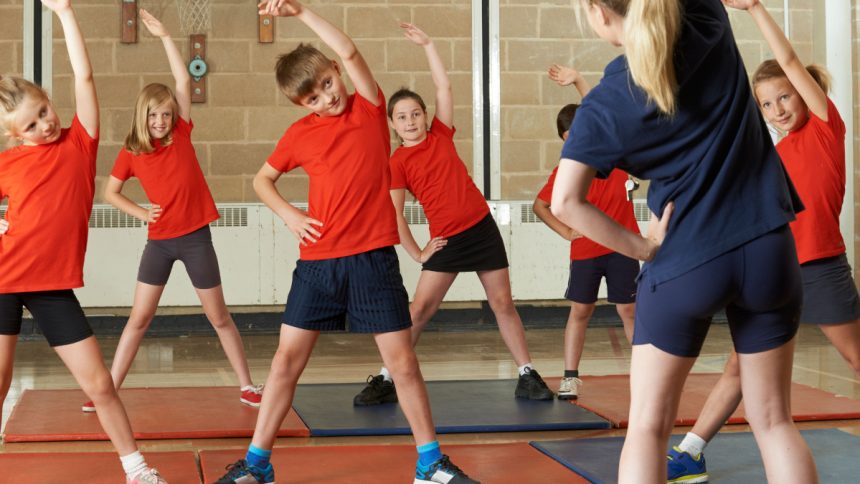A new study looking into the effects fitness testing may have on fitness perceptions among teenagers has begun asking for submissions.
The University of South Australia (UniSA) study is an Australian first and, with Australian Institute for Health and Wellness data revealing more than 80 per cent of Australian children fail to meet the national guidelines for physical activity, it’s timely.
It aims to build on a body of work that suggests the current practice of fitness testing in schools may be detrimental and discourage participation in activities that promote fitness.
Finding new testing options
Researcher and PhD candidate Daiki Kasai says he hopes the study will find cardiovascular testing options that improve relationships with physical activity rather than hinder it.
Fitness testing is embedded into physical education curriculums internationally to assess children’s cardiorespiratory fitness. For most Australian school students, that means being made to do a 20-metre shuttle-run (20mSRT) run between two parallel lines in time with an audio ‘beep’ that gets progressively faster.
“Measuring children’s fitness is important because it shows how healthy they are now, but how healthy they may be in the future,” he says.
“The problem is, however, that exhaustive tests like this may evoke unpleasant emotional responses. Negative responses during exercise can be a strong predictor of future exercise participation. So, it is important to consider the emotional responses to current fitness tests used in Australia.”
Emotional reactions influence attitudes
Daiki Kasai says the study looks to understand children’s emotional reactions to fitness and how those emotions create psychological conditioning that may influence future attitudes about exercise.
With figures from the Australian Institute of Health and Wellness also showing 25 per cent of Australian children and teens are overweight or obese, Mr Kasai believes exploring ways to help students make deeper engagement with exercise and fitness is an important health issue.
Researchers are now working with children aged 10 to 17 years and are encouraging parents and caregivers to find out more, to help them recruit additional participants to complete a survey.
“We hope that the results from this study can inform future practice and policies around how fitness tests are being conducted in Australia,” he says.
“We want children to enjoy exercise, so understanding how fitness tests are currently being used in Australia and how children feel about fitness tests is important, especially if we’re to improve children’s overall fitness and health.”








